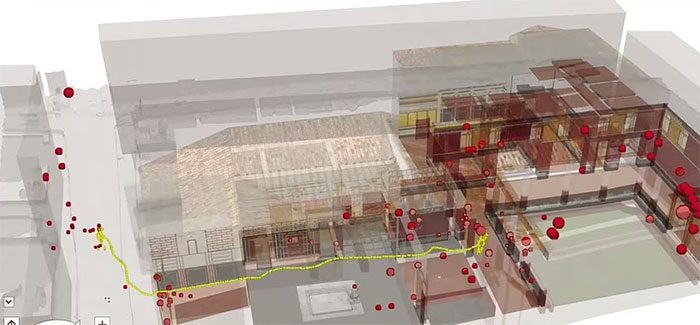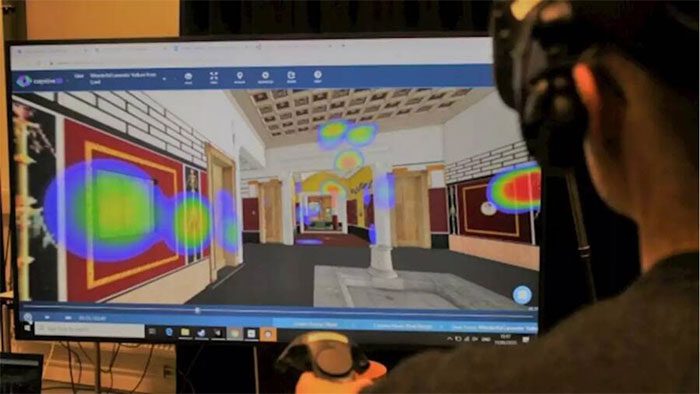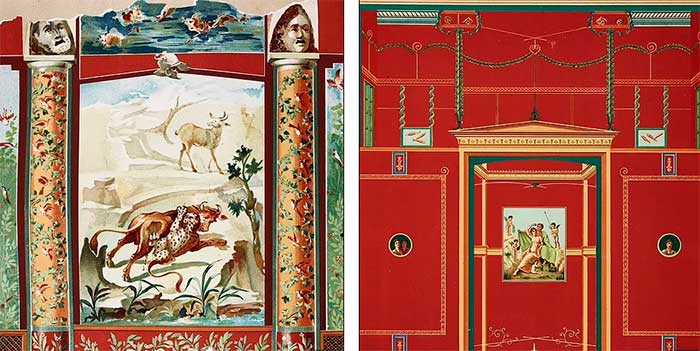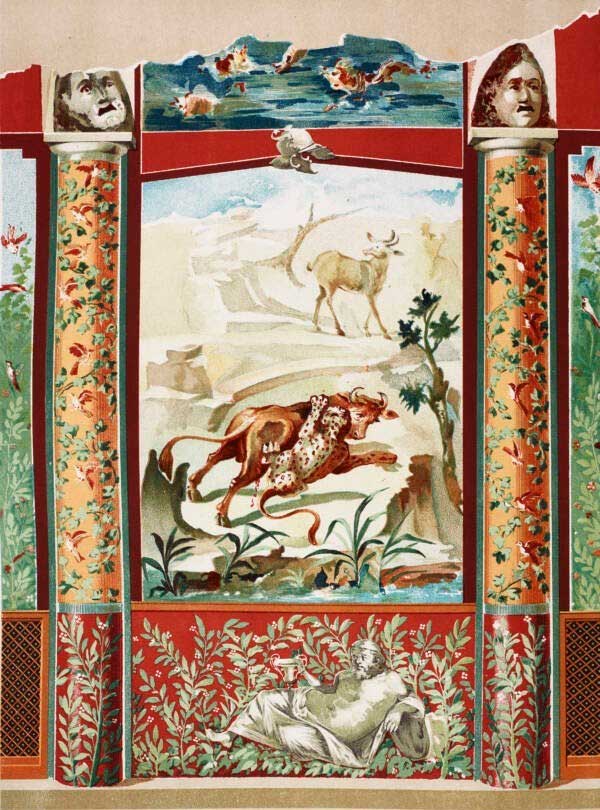Scientists Use Virtual Reality to Recreate the Most Beautiful Villa of Pompeii Before it was Destroyed by the Eruption of Mount Vesuvius 1,900 Years Ago.
Before the catastrophic eruption of Mount Vesuvius in 79 AD, Pompeii was a thriving city with a population of up to 20,000 people.
Mount Vesuvius erupted, burying the cities of Pompeii, Oplontis, and Stabiae under ash and debris, while the city of Herculaneum was buried under mud.
Mount Vesuvius, located on the western coast of Italy, is the only active volcano on the European mainland and one of the most dangerous volcanoes in the world.

Recreating the most beautiful villa of ancient Pompeii.
Recently, scientists have conducted further research on one of the most beautiful houses in Pompeii, the House of the Greek Epigrams.
They created a 3D model showcasing the complete house with stunning paintings and frescoes.

Virtual reality users touring the ancient house.
Using eye-tracking technology and virtual reality, researchers from Lund University in Sweden have reconstructed the house, which was damaged by the volcanic eruption and forgotten for centuries.
People will ‘walk’ through the house in virtual reality, and the device will track their eye movements to see which points attract them the most.
This magnificent villa is named as such because one of its rooms contains numerous colorful frescoes, inscribed with texts from Greek poets alongside scenes from ancient mythology.


Colorful frescoes attracting people’s attention.
Giacomo Landeschi, co-author of the study, stated: “Eye-tracking technology and virtual reality can assess ancient spaces, highlighting which features or areas of the house capture the most attention.”
The House of the Greek Epigrams is an impressive design located in the northeast of Pompeii, adorned with intricate frescoes. The house spans two floors and covers nearly 7,000 square meters.
The house reveals insights into the personal power, status, and wealth of its owner, as well as the family’s living space.
While the research from Lund University sheds light on how people interact with the ‘House of the Greek Epigrams,’ many mysteries still surround this ancient, beautiful villa of Pompeii.
Excavated in the mid-1870s, the interior of the house yielded a ‘treasure’ of 160 Roman artifacts, including numerous silver items, jewelry, and musical instruments.
Researchers are also uncertain about who owned this luxurious villa. They found a ring bearing the name Lucius Valerius Flaccus. This was a member of the Valerii family, but researchers are unsure whether Flaccus lost the ring during a visit or if he was indeed the owner of the house.


















































